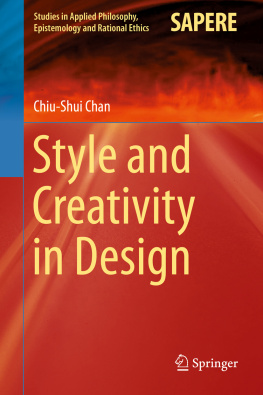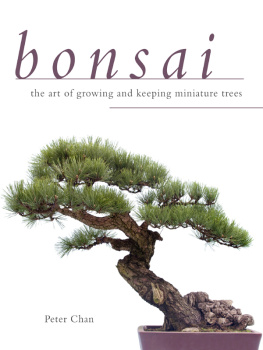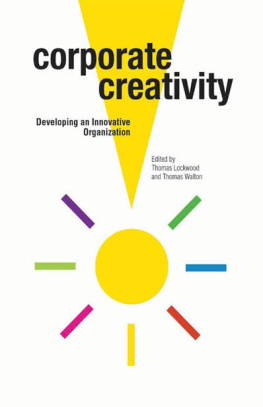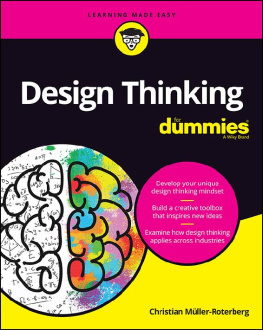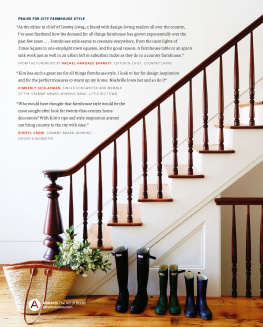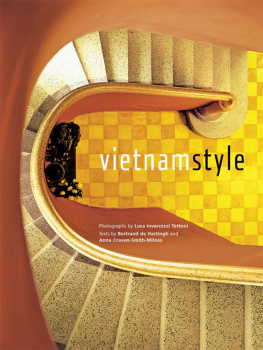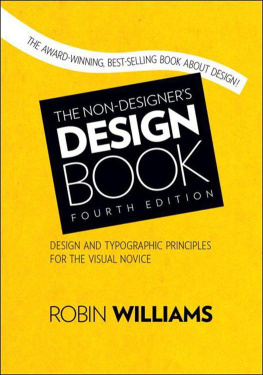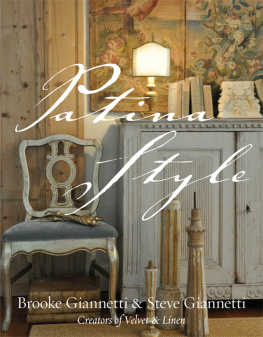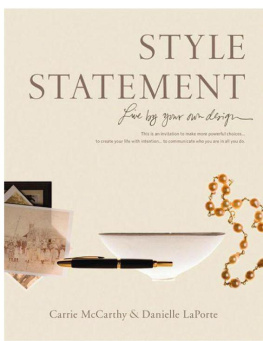1. Introduction
Design thinking processes have been studied since the 1970s, exploring the intellectual phenomena that occur while designers practice design. These intellectual phenomena include the formation of intelligence, operation of knowledge, and actions taken for implementing design, which are the cognitive activities explored in the field of psychology. Recently, these cognitive activities that occur in design were recognized as a special cognitive domain with special behaviors, named design cognition . Design cognition focuses on the processes and psychological phenomena of how humans understand, process, formulate, generate, store, retrieve, and recycle design related knowledge that leads to the creation of a design. These design processes and cognitive phenomena are not only different from other thinking domains, but are also unique forces that turn design conceptual schemes into physical artifacts. Behind these psychological activities, forces exist that create certain recognizable features in design products. These features are recognized through perception to categorize the product as an individual style . Due to the existence of design styles , outstanding design products can easily be recognized by the public as cultural symbols.
The household product of a tea kettle, designed by Michael Graves for Alessi (1985) and Target (1999), demonstrated that features of products could cause popularity and change the way Americans look at design in their homes. Other product designers followed the same style, and the kettle revolutionized small household object design. Thus, a design style has eminent power that drives culture and design patterns. In March 2012, Time magazine published the spring issue of Time Style & Design , introducing advances in art and architecture, interior and automotive design, and food and drink. The editors letter highlighted, Style is not something superficial but something intrinsic. It is not gilding the lily but the lily itself. This issue displayed and illustrated the trend of modern style, and provided a lens to understand the cultural movements in style. Thus, it is the appearance of the lily that defines a style. Yet, the style discussed in this book is on how designers do design, what the cognitive activities are that create a style, and on how a style is recognized. As such, it is not just the lily itself, but on how a lily is created and identified.
Behind the psychological phenomena of mental activities and perceptions, there are other cognitive forces that trigger the creation of a unique design product. A unique design has the following characteristics: it is valuable, the act of creating it is original, and it is performed with special mental abilities that, in all, constitute creativity. Thus, creative products must be the work of initial and original creations. Outstanding creative works are generally treated as culturally influential, publicly recognizable, and socially beneficial products. Thus, creativity and style are two important cognitive phenomenon affecting design products and influencing civilization. If these cognitive aspects and causing factors can be understood, individual style and human creativity can be consciously improved accordingly, to improve design quality. For instance, the Apple Company s digital products supervised by Steve Jobs are good examples. Jobs applied arts and aesthetics into engineering design, and insisted on simplicity for the user interface in Apple products. His way of design generated a style with an economical and unique appearance that dominated the market internationally. His style set a classic example for the fields of design, engineering, marketing, and management on how critical it is to think creatively. However, full studies on the cognitive factors that trigger style and creativity have rarely been completed. This book intends to explain the causal effects of individual style and creativity, approached from the perspective of design cognition and problem solving theory.
There are nine chapters in this book, concentrating on the study of the human thinking processes causing both style and creativity, approached from cognitive science. Methods used to discuss these two subjects have some differences. Studies on style focus on analyzing the stylistic features and factors that generate style. Studies on creativity focus on cognitive reasons generating creative actions in the design processes. Creativity research has moved towards the specific design methodologies used and specific factors triggering creativity, rather than to study the repetition of design patterns. Thus, the shaping of design representation, which is critical for design thinking, and its influence to creativity are covered more than style itself. This also is because representation has an indirect and intangible influence on style formation.
Chapter introduces the historical development of design studies, concepts of design cognition, theories of problem solving, and all possible cognitive factors that relate to the generation of creativity and style. This chapter intends to set up the fundamental understanding of the studies in thinking approached from cognitive psychology, and outline all possible reasons causing creativity and style in the design process. Thus, cognitive patterns occurred, cognitive strategies applied, and cognitive mechanisms utilized in the design processes are itemized and concisely explained through examples. Particularly, the cognitive mechanism of repetition, which is the major factor causing style and rhythm, is explained by works done by Alvar Aalto, and by a design project done by a student as evidence to explain the notion. Theoretically speaking, in order to study style and creativity relating to design thinking, it is necessary to have the following study items included: (1) to have a basic understanding on human cognition; (2) to develop a comprehensive picture of thinking behaviors; (3) to have some knowledge on the use of appropriate methods to study how human brains process information internally while solving problems in general and in design; (4) to formulate the causing variables; and finally, (5) to predict future possible research directions on design cognition. This introductory chapter possesses these research items that also serve as the purpose and scope of the beginning of this book.
Historically speaking, style has been treated as a part of arts. Its philosophical theory was also a part of aesthetical theory before the nineteenth century. Therefore, to serve as background knowledge, Chap. covers the historical movements of research in art theory before and after the nineteenth century to explain the changes that occurred. The major art movements in the twentieth century are briefly discussed with representative images. Then, the historical movement of philosophical studies of style in various fields of music, painting, industrial, fashion, and architectural design are reviewed. Descriptions of the character of style after the Renaissance period and before the nineteenth century are covered for providing an overall picture of the historical theory of style. Only after the mid-twentieth century were studies on how styles are created from the designers standpoint developed and proposed by scholars. These concepts of style, particularly individual style, approached from the design products and design processes points of view are clearly introduced in this chapter as well.
Chapter explains the substantive nature of style through a series of four psychological experiments. By comparing the special style of Prairie House style by Frank Lloyd Wright , Modern style of New York Five by Richard Mayer , and Vernacular style by Charles Moore together with others in Experiment 1, the operational definition of how features define an individual style is proposed and verified. By comparing the number of Frank Lloyd Wright s building designs by feature groups in Experiment 2, the strength of style within the same style is found from the experimental results. Results show that a total of three stylistic features appearing in a product is the lowest threshold for recognition. Equal or less than three features in a product is not recognizable as the style. Experiment 3 explores how many features appearing in a design product by Wright would be recognized as the Prairie House style. The concept of measuring a style is tested. This test confirmed that more than three features appearing in a product is the number for the style to be recognized. Thus, the number of features is used as a measurement scale. The data also shows that there are interactions among features; some features have higher weight for visual perception and recognition than others. Experiment 4 studies the similarity of features by testing their recognizability. If a feature is changed geometrically more than 40 % of its original shape, then it would not be recognized as the feature that goes to the same style, or it is not the same stylistic feature anymore. This could serve as an evaluation criterion for copyright declaration on determining the similarity between two images.

